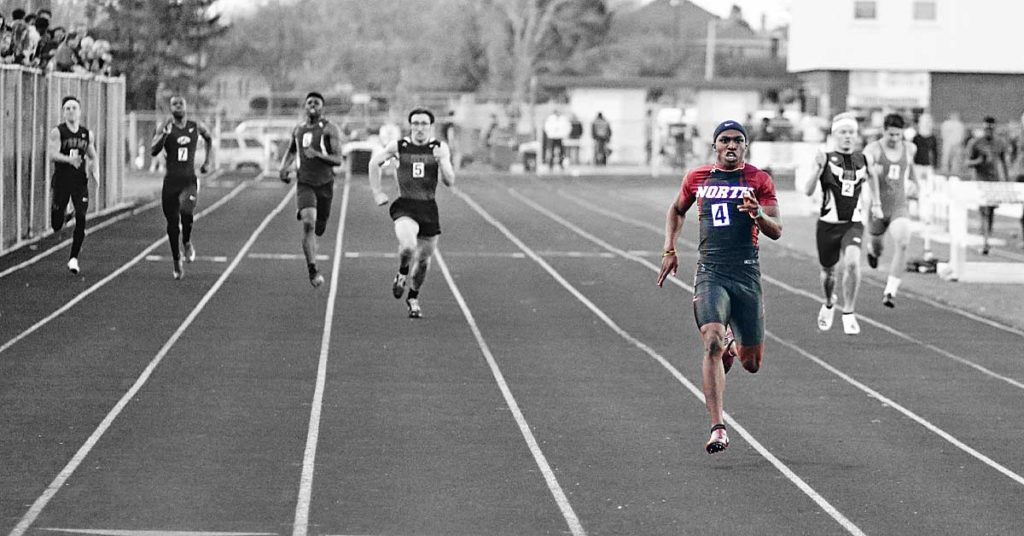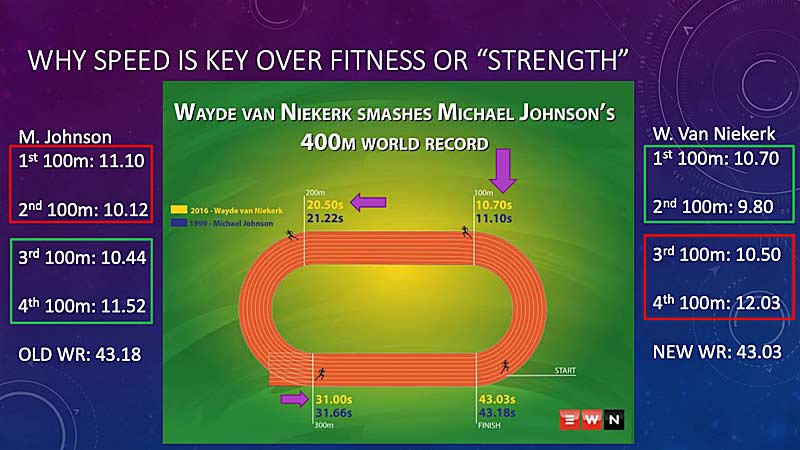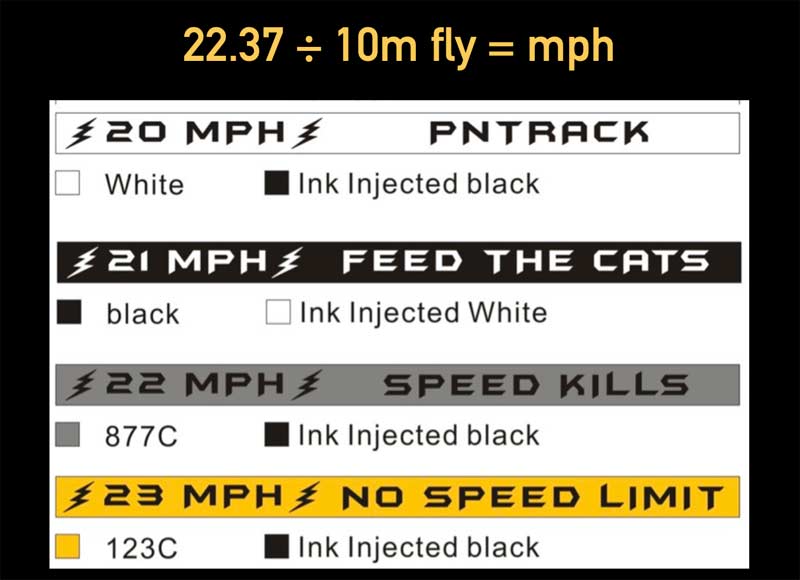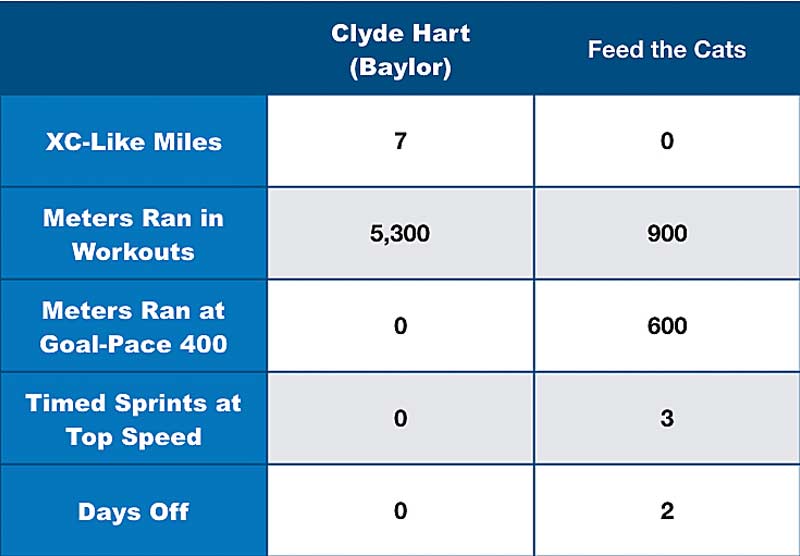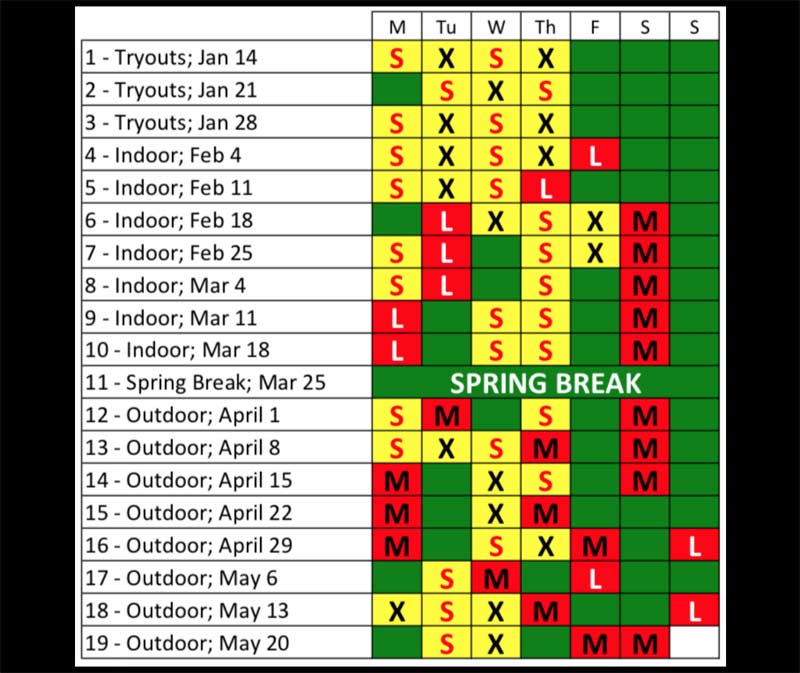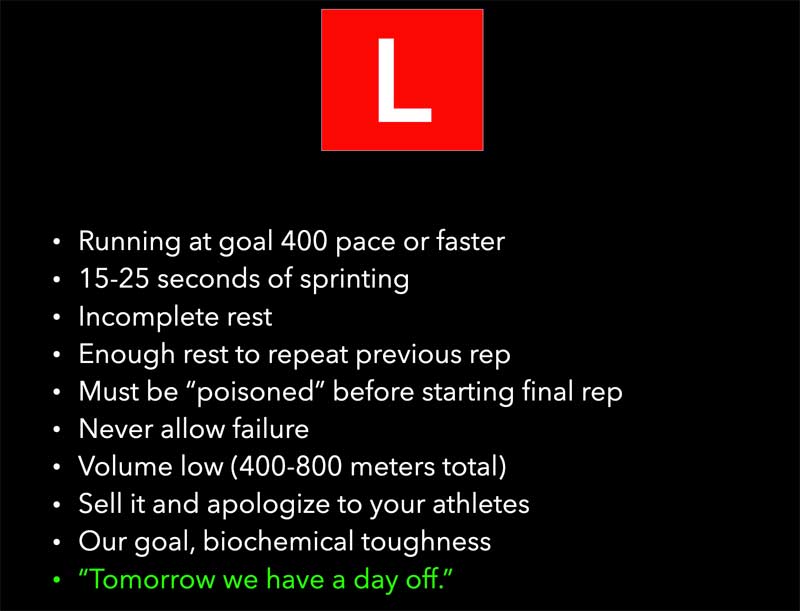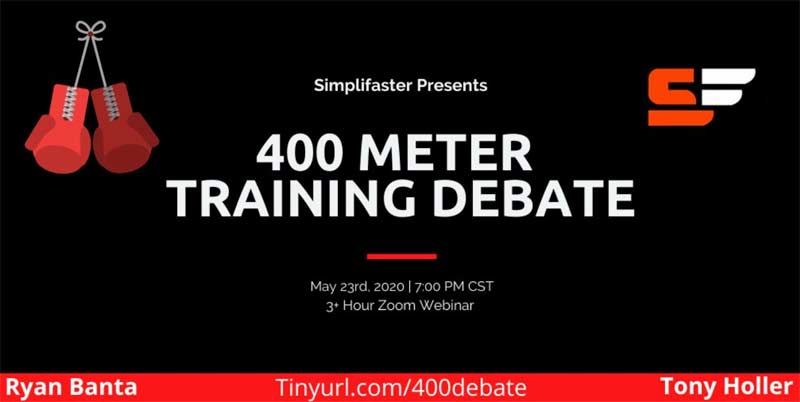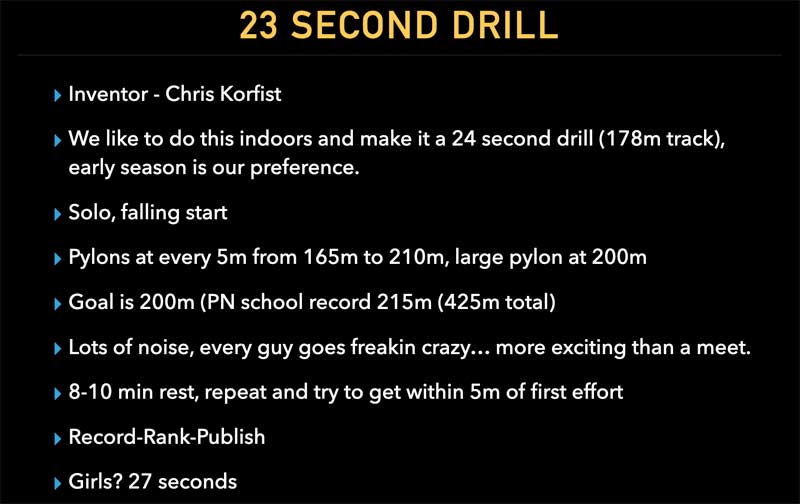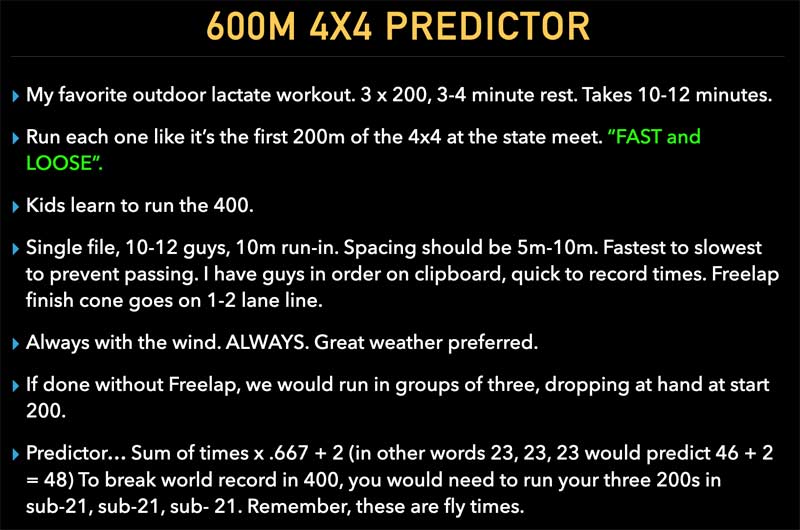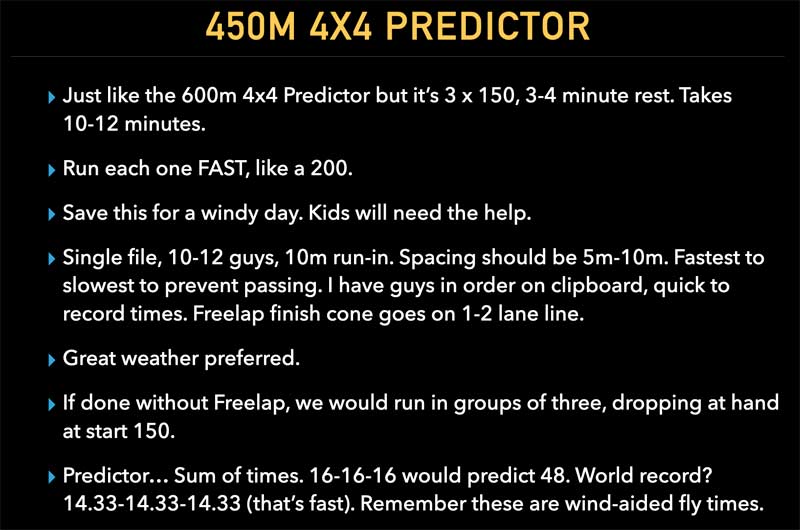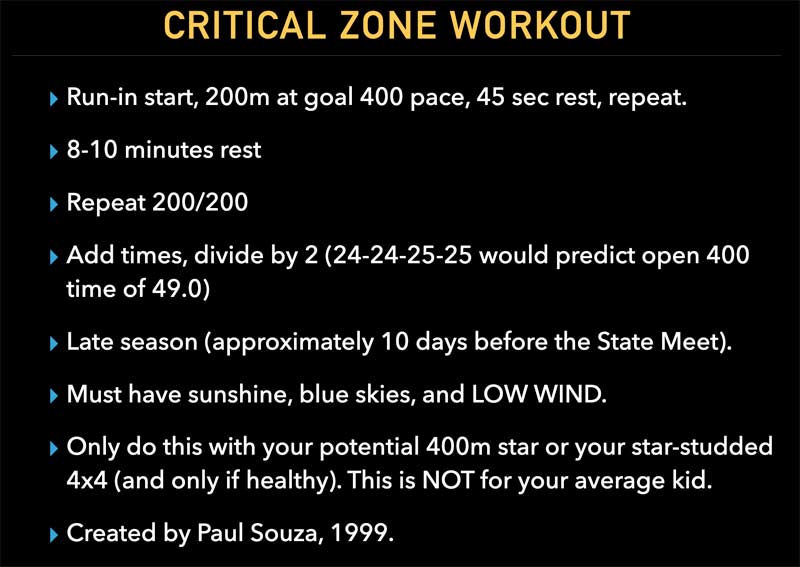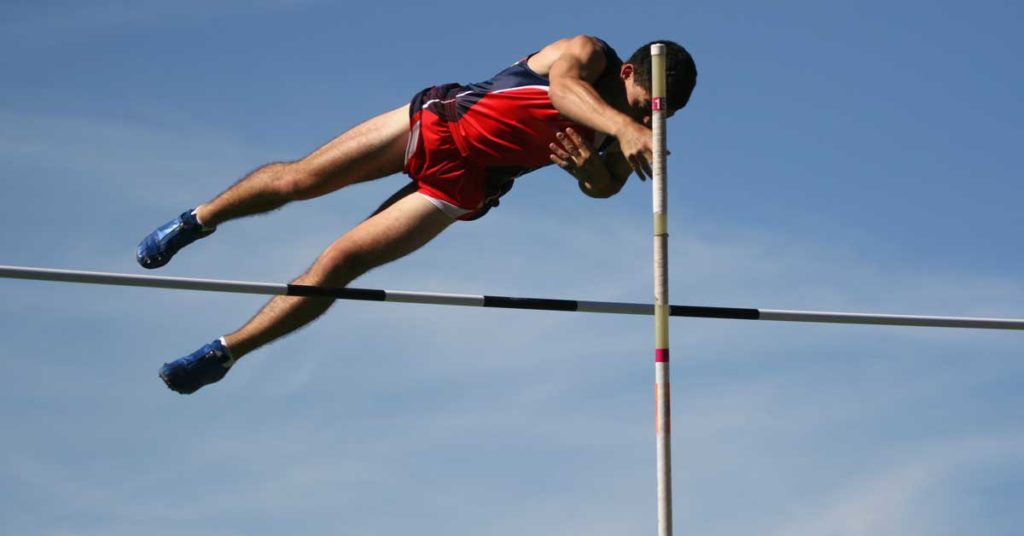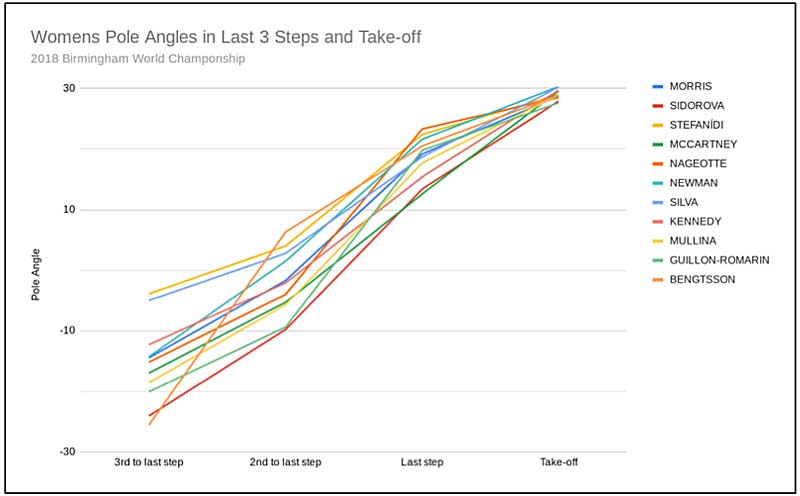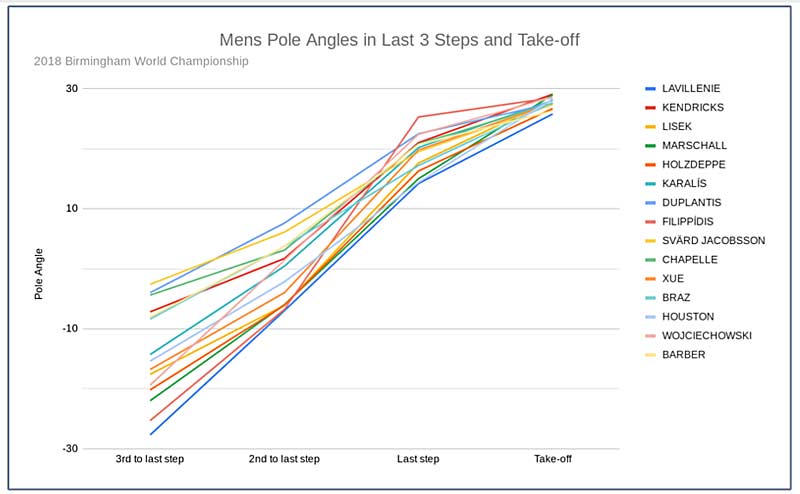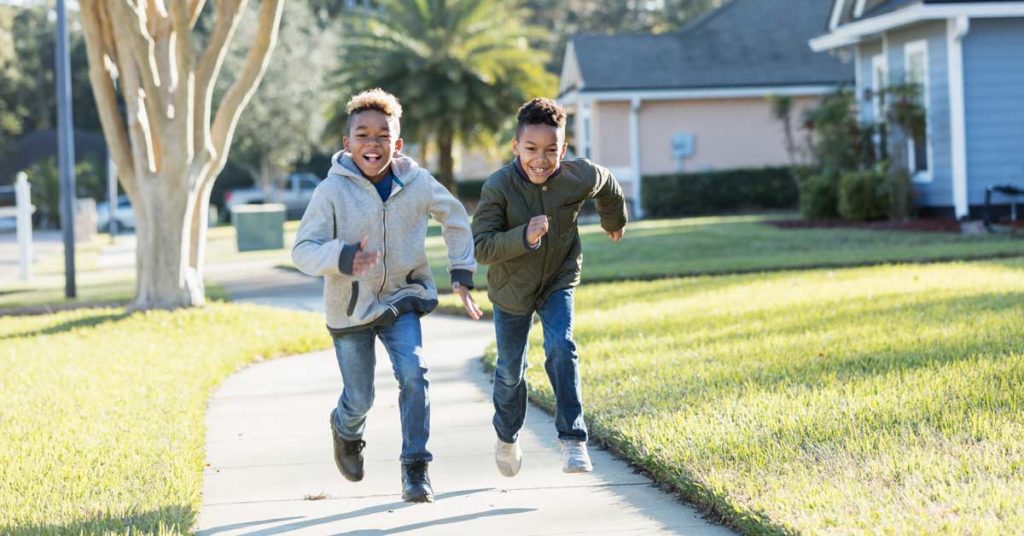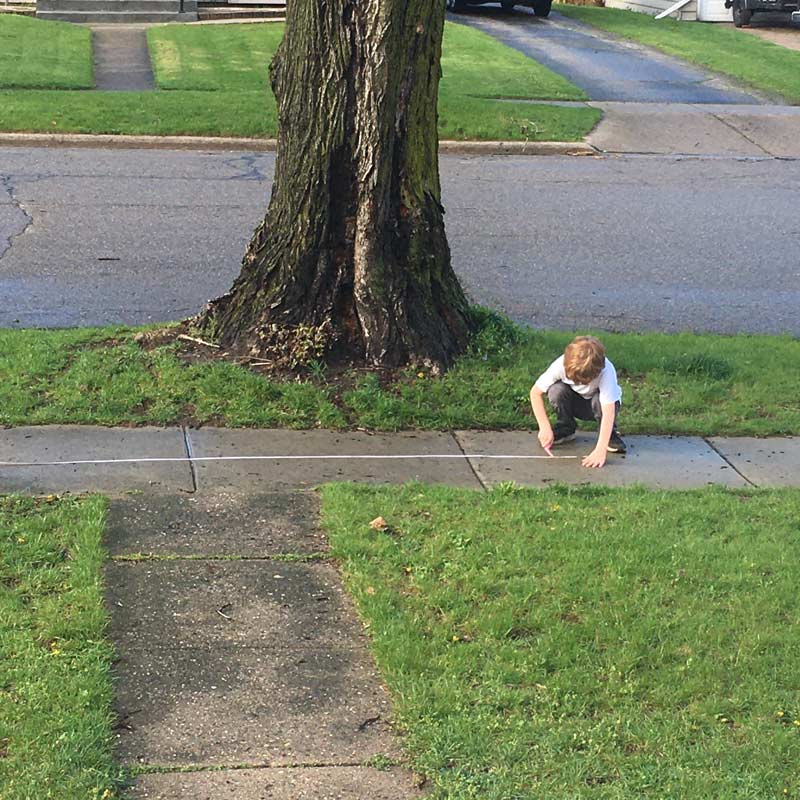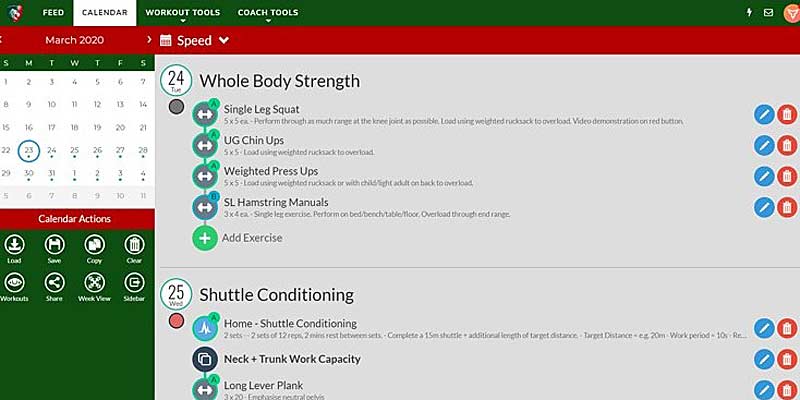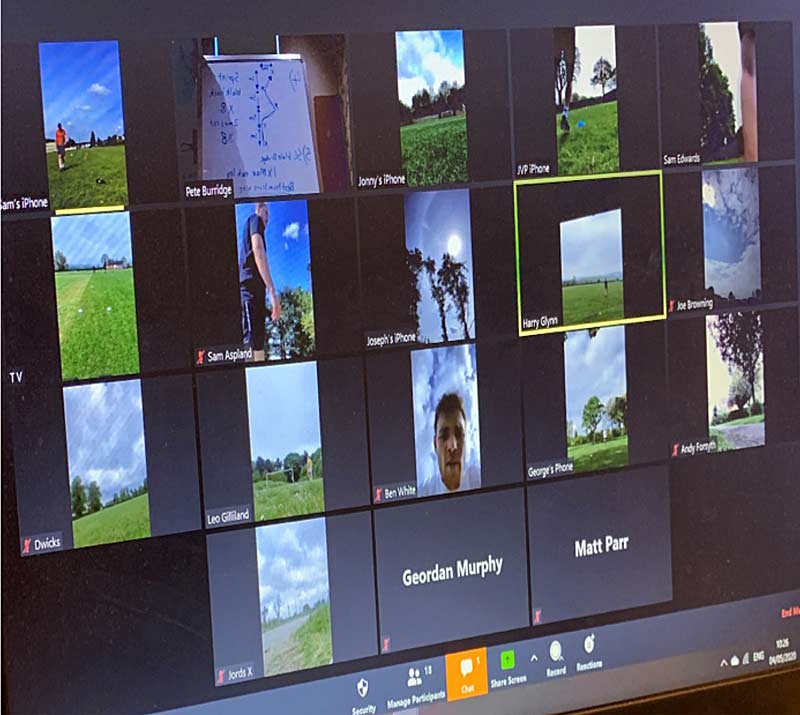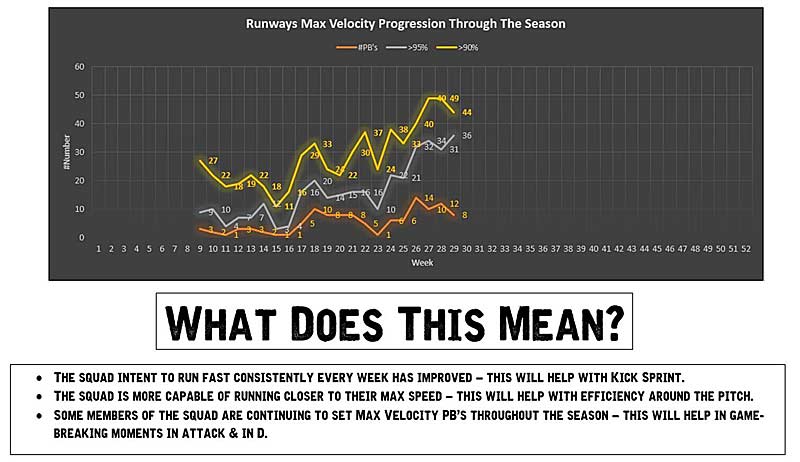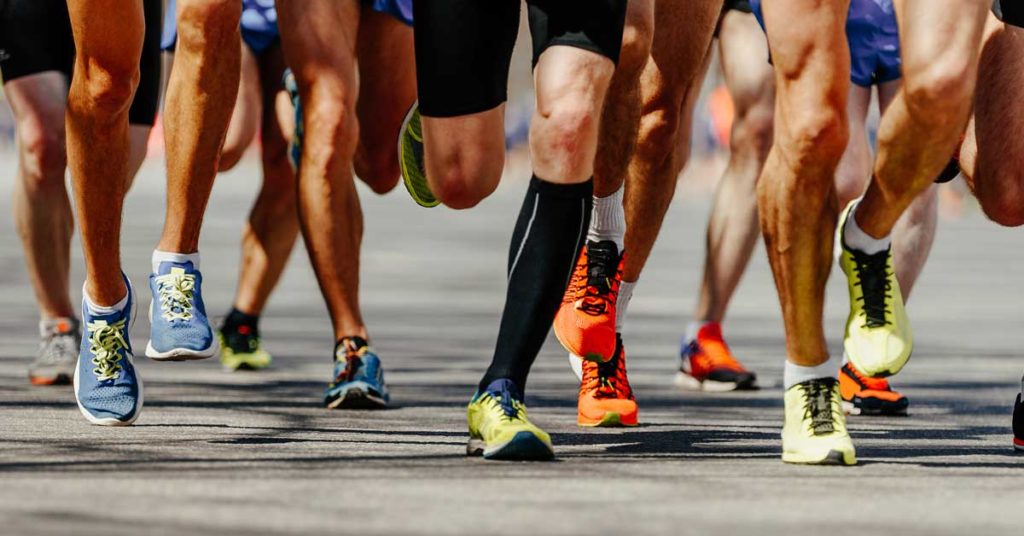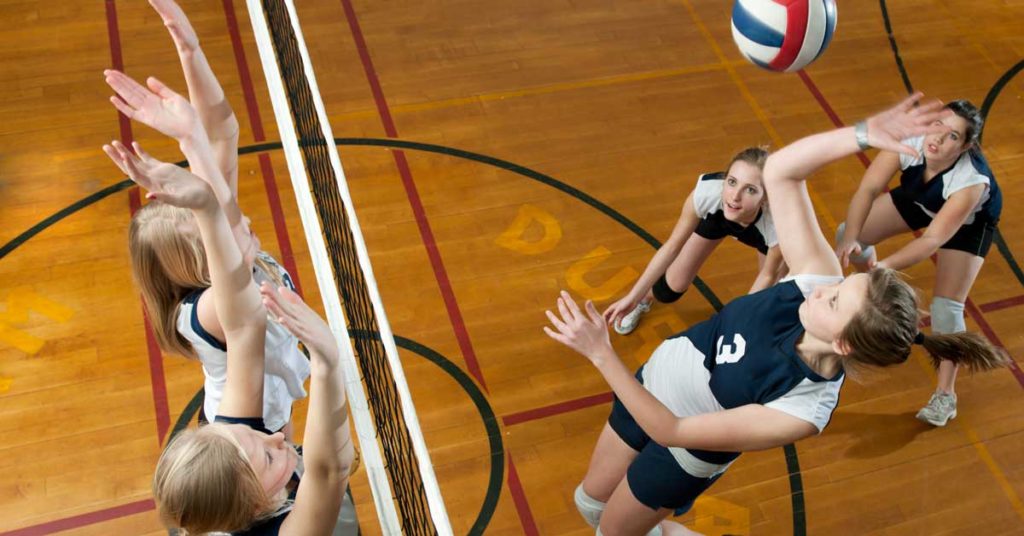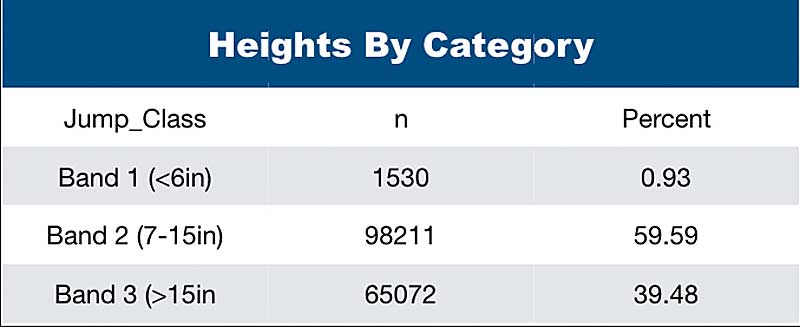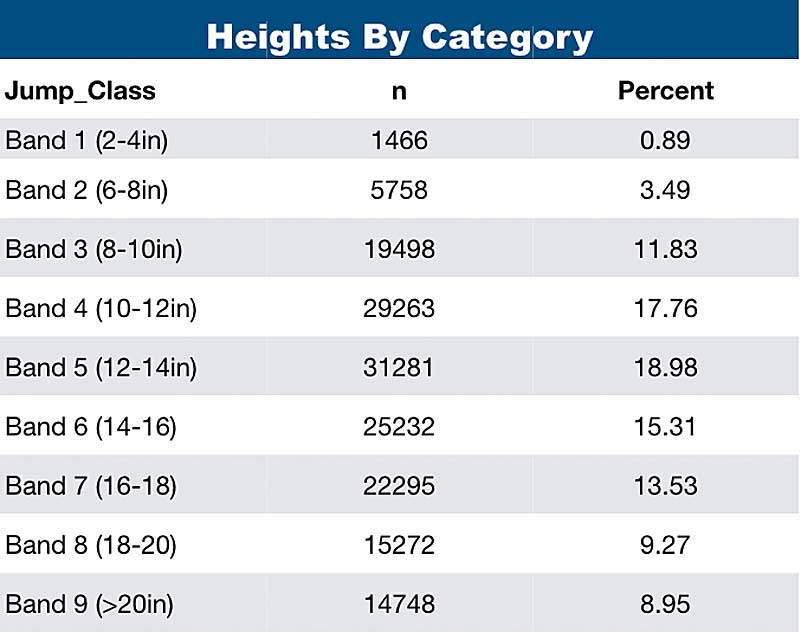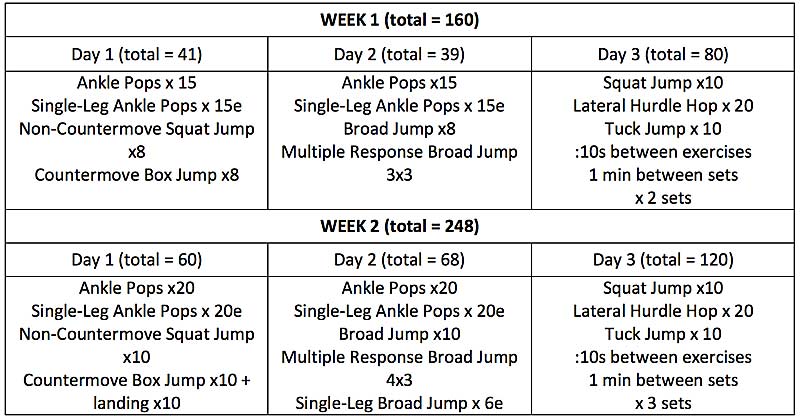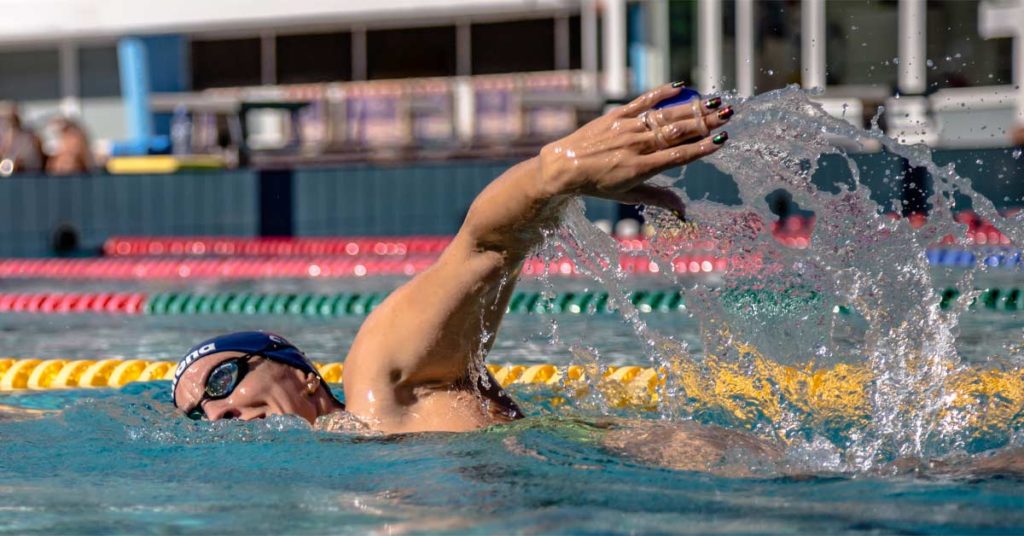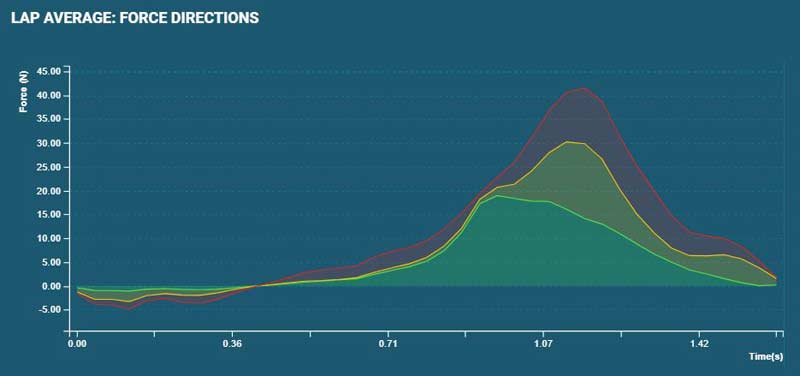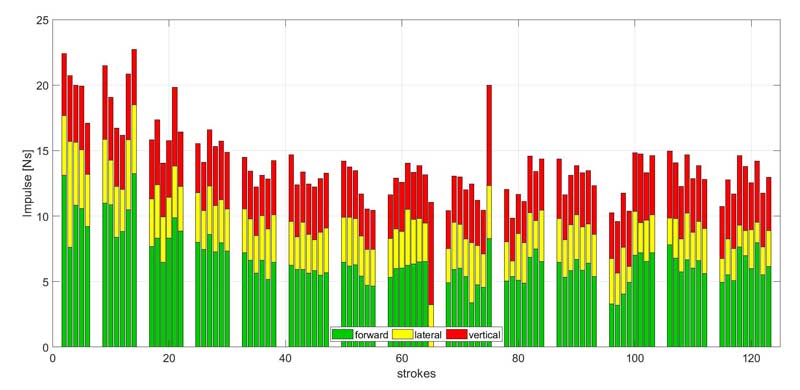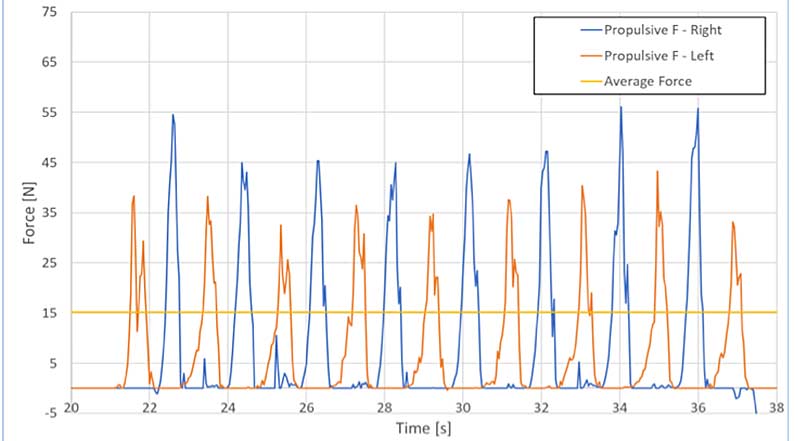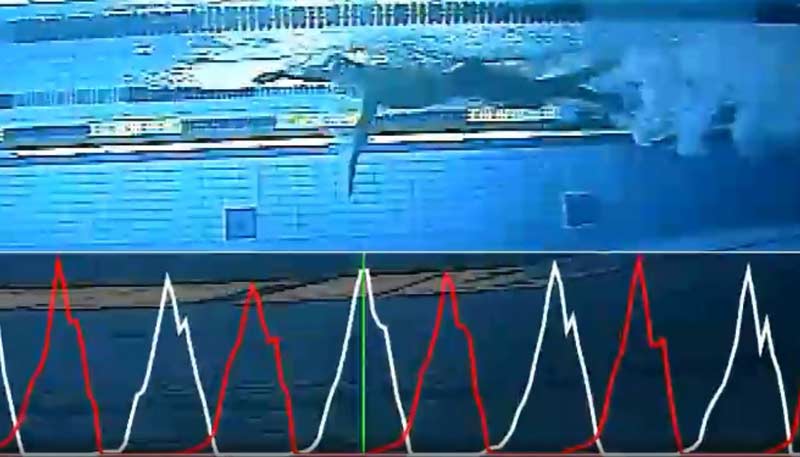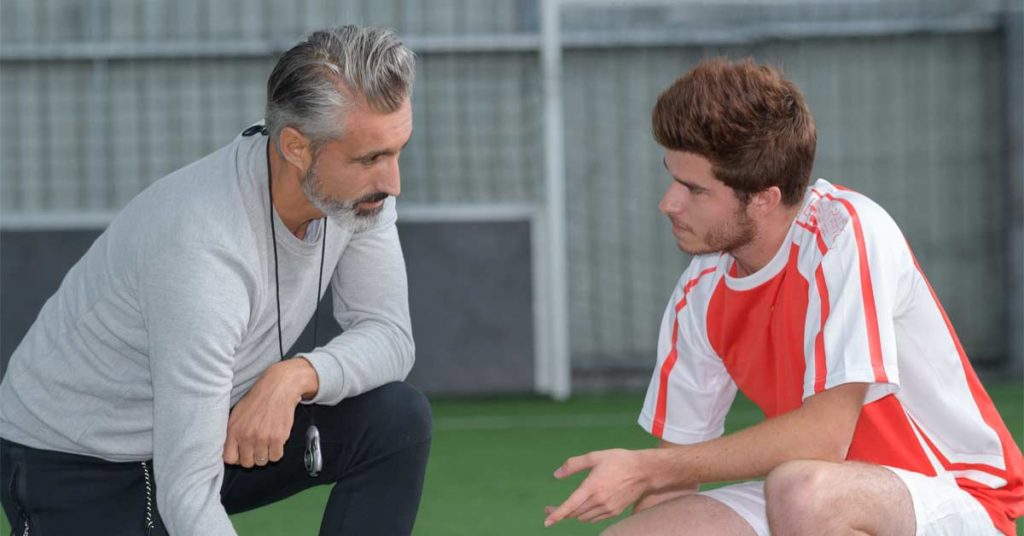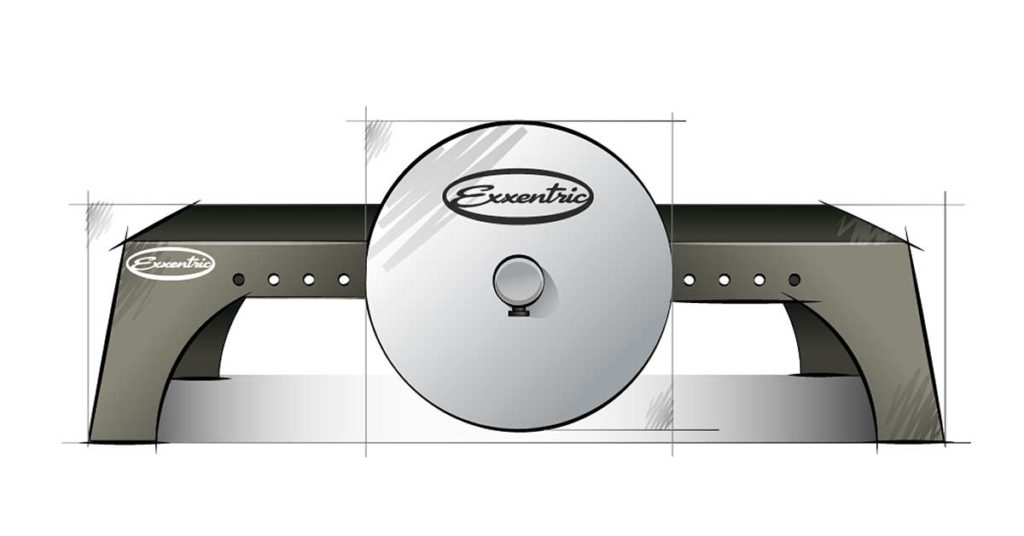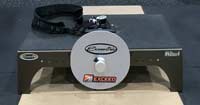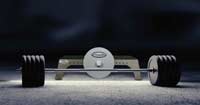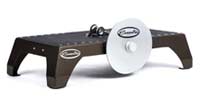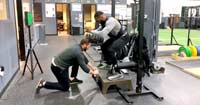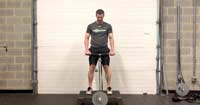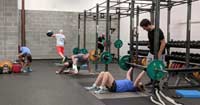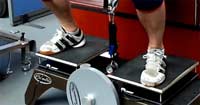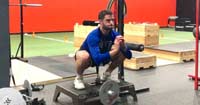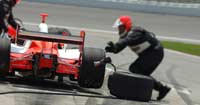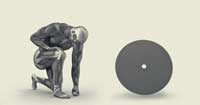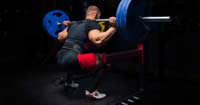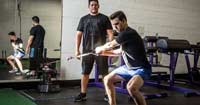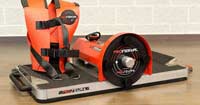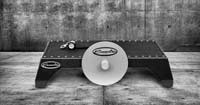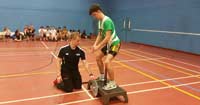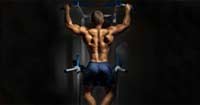
“Welcome to the most important class you will ever take in high school.”
Every year, this is my standard introduction for new students in my high school weight training class. My statement is generally met with a few smiles or laughs from the students. It has been ingrained in them that math, science, and English are the cornerstones of their high school education. After all, those are the subjects that make up their standardized testing, and those are the subjects whose scores colleges will look at to determine if the student is an attractive applicant.
While it has been ingrained in students that math, science, and English are the cornerstones of their high school education, I believe weight training class is the most important class. Share on XI follow my initial statement with, “I do not mean to devalue any course you are taking, and all your courses are extremely important. However, the things that you learn in weight training class are skills that will propel you to conquer challenges in any area of life now and for the next 20, 30, 40, 50, 60 years. In this class, you will learn how to overcome obstacles, conquer fear and failure, set lofty goals, work together, encourage those around you, and, last but not least, embrace the process of becoming the best at getting better. On top of that, this class will help in reducing obesity rates in youth and adults and improve your cognitive abilities and mental health.”
We are in unprecedented times. Almost every school around the world is trying to figure out how to operate in this coming year. Just recently, a school district outside of Boston announced an agenda that will cut their entire K-12 music, arts, and physical education curriculum and staff. The COVID-19 pandemic has many schools considering cancelling sports and either eliminating or moving physical education (PE) and PE elective classes (like weight training class) to an online format. This is very disturbing, as some evidence has shown that healthier people recover from coronavirus at a much faster and higher rate.
In this article, I want to highlight four reasons why I believe that this is absolutely the wrong decision, and why weight training class is the most important high school class students can take.
1. Improved Mental Health and Reduced Anxiety
Most of us realize the physical benefits of exercise and a properly designed strength program, but the benefits go above and beyond getting stronger and faster, reducing injuries, adding muscle, or losing fat. One of the reasons I am so passionate about my job and profession is because of all of the additional benefits of exercise.
It has been proven that daily exercise reduces the risks of major depression, stress, and anxiety. Since the body and mind are so very closely linked, when your body feels better so does your mind. Today’s youth, including all of Generation Z, is the most anxious generation ever studied. In a recent Wall Street Journal article, Generation Z participants reported they were nervous or anxious almost twice as much per month as Generation X participants reported they were.
During the coronavirus pandemic, our youth are under even more risk of increased anxiety and depression. A recent survey of adolescent athletes in Wisconsin showed that 65% of respondents said they have had anxiety during this pandemic. Reported physical activity was down 50% and those who reported being in good psychosocial health and good overall health decreased from 90.4% to 76.2% and from 90.9% to 78.4%, respectively.
Daily exercise combats daily anxiety. A 2014 study1 found that individuals “[who] had the highest level of activity had the highest levels of well-being and the lowest levels of depression and anxiety.”
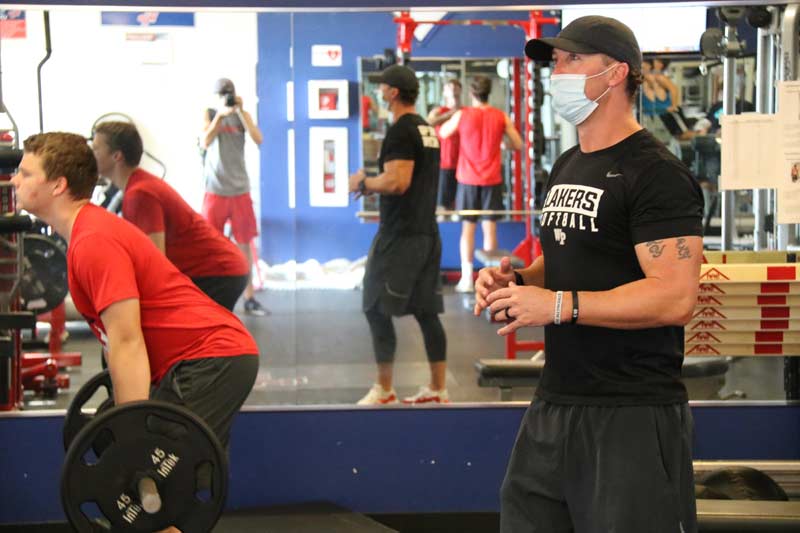
The benefits of exercise go well beyond obvious improved athleticism. If schools remove physical activity, physical education, and weight training classes from curriculums, they will put today’s youth at a major disadvantage and the risk of additional health issues. Sitting inside all day in a classroom can result in depression and higher anxiety rates. The benefits of being outside, getting sunlight and vitamin D, play a big role in improving mental health. If these classes are taken away or moved online, the time that students have available to be outside is also diminished.
2. Improved Learning and Cognitive Abilities
There is overwhelming evidence confirming that physical activity improves brain function, including a profound positive impact on mental health. Research shows that students perform better in the classes immediately following their strength, conditioning, and fitness classes.2 Attending weight training class decreases stress and improves students’ ability to learn. In a 2007 study, German researchers found that students learn vocabulary words 20% faster following exercise. Participation in physical activity classes during the school day improves student test scores.
There is overwhelming evidence confirming that physical activity improves brain function, including a profound positive impact on mental health, says @KurtzM3. Share on XStudies have also shown that children with high fitness levels have greater brain volume in the hippocampus. This is the region of the brain that is associated with memory, and the children with greater brain volume showed signs of enhanced long-term retention.3
Another study showed that students memorized new places on a map equally well, regardless of their fitness levels. However, when they were tested on their retention the following day, the student with the higher fitness level performed better.4
Another study5 made it extremely clear that physical activity and exercise are needed during a child’s academic school day. This 2015 study randomly assigned 56 school kids to one of three morning school sessions:
-
- Sitting all morning.
-
- One 20-minute workout of physical activity after 90 minutes of classroom learning.
-
- Two 20-minute physical activity workouts, one at the start of the class and one after 90 minutes of classroom learning.
The study found that the kids who had two workouts in the morning performed better on a test of attention, and this was true even after the researchers adjusted for the student’s baseline differences in attention.
Finally, what happens when previously inactive students begin a program of daily physical exercise?
A 2007 randomized, controlled study of inactive, overweight students found that 40 minutes a day of exercise improved their executive functioning.6 The executive function skill is responsible for paying attention, organizing, planning, prioritizing, starting tasks, staying focused on tasks to completion, understanding different points of view, and regulating emotions. Do you think those skills might be important in today’s uncertain world?
Another experiment replicated these results and found that 13 weeks of exercise was also linked to improved math skills and increased activity in the bilateral prefrontal cortex. This is the region of the brain associated with executive function.7
In conclusion, there is tremendous evidence that working out during the school day will improve a student’s cognitive abilities. Cutting physical education classes, electives, and after-school strength programs will do more harm in the long run than what it is supposedly protecting kids from in the short term.
3. Focus on What You Can Control
Strength training encourages students to set big goals, but it also teaches them to only focus on what they can control. This is extremely important in today’s uncertain world. The information we receive about the potential health risks of coronavirus changes daily, and sometimes hourly. We need to educate and empower today’s youth with the ability to recognize and focus on what they can control. With 24-hour news networks and endless information being shared on social media, our students can start to feel overwhelmed and helpless.
Strength training encourages students to set big goals, but it also teaches them to only focus on what they can control. This is extremely important in today’s uncertain world, says @KurtzM3. Share on XIn our strength training programs, we operate on the philosophy of “span of control.” This allows the individual to focus all of their energy on what they can control and not waste it on things that are out of their control. The destination is a continuous by-product of the work they put in daily.
Span of control during a pandemic like COVID-19 is critical for students. Qualified strength and conditioning coaches are extremely detail-oriented individuals. They meticulously plan every workout or class down to the minute. Sets, reps, and recovery times are thoughtfully planned well in advance. Key safety attention and planning considerations are part of the leadership in a strength program, and a fitness environment can be achieved in a measurably safe way that may be even healthier than the necessary challenges of a classroom setting. Practicing and monitoring the safe wipe-down of equipment and the willingness to protect themselves and others are part of the standard mindset in a fitness setting.
By the nature of fitness training, students are surrounded by other disciplined individuals eager to keep each other safe and healthy. These key factors provide an opportunity to create a healthy environment for students that goes far beyond the classroom setting.
As a result, instead of focusing on goals that compare them to their competition, high achievers focus on their own work ethic and attitude and how they treat themselves and others. This skill can be taught in a properly designed high school strength and conditioning program. Taking away these classes rob students of the opportunity to develop this invaluable trait.
4. Embrace Discomfort and Difficult Challenges
This is extremely important during this pandemic as well. While it is important to focus energy on what we can control, we should also be ready to embrace discomfort, sudden changes, and challenges. The weight room teaches students to overcome fears and persevere to achieve goals. The only way to improve in the weight room is to continually seek out new challenges and put yourself in uncharted territory.
In order to reach maximum potential in strength, speed development, or overall fitness level, each of us must continually fail. Embracing failure is a necessary component of reaching goals and understanding that the road to success is difficult and full of challenges and discomfort. These are traits that we nurture and develop in weight training programs and classes. If a young student can master this concept, they will be equipped to attack any difficult circumstance they encounter throughout their life.
We are currently in the Fourth Industrial Revolution; this is a time in history that has great promise and also danger. New technologies allow us to connect with billions more people than before, and increased networks allow organizations to dramatically improve their efficiency. However, all the new technology also means many current occupations and careers will become obsolete as droids, robots, and automation replace the people currently in these roles.
The Fourth Industrial Revolution will create new industries, new careers, and new occupations, but we do not currently know what those jobs will be. Therefore, schools are now faced with the task of preparing the future generation for jobs that we do not know about yet. The individual who understands how to work in a team setting, continually seeks out new challenges, embraces discomfort, and understands how to overcome failure will be a leader in the Fourth Industrial Revolution.
In Klaus Schwab’s book, The 4th Industrial Revolution, he calls for leaders and citizens to “together shape a future that works for all by putting people first, empowering them and constantly reminding ourselves that all of these new technologies are first and foremost tools made by people for people.” The weight room teaches all students all of these concepts and will help propel these students into the forefront of this new period.
In the January 2017 issue of The Economist, there is a graph showing that the most successful individuals have always been the ones who have high math and high social skills (that is pretty obvious). However, the second most successful individuals are those with low math but high social skills, and their share is growing. Math skills are extremely important, but having those skills without social skills is less important. As we continue through this pandemic and into this next era of the Fourth Industrial Revolution, it is a must that we prepare our students with great social skills. There is no better place to teach them these skills than a strength program, sports, or physical education!
In conclusion, it is understandable that school administrators must analyze and make changes in order to operate schools during today’s circumstances. However, eliminating or reducing physical education and weight training classes is dangerous. It will do more harm to today’s youth than it will protect them from this virus.
I understand that school administrators must make changes to operate schools during today’s circumstances. However, eliminating or reducing PE and weight training classes can be harmful. Share on XThe American Academy of Pediatrics, which represents 67,700 pediatricians, recently released a statement saying: “Lengthy time away from school and associated interruption of supportive services often results in social isolation, making it difficult for schools to identify and address important learning deficits as well as child and adolescent physical or sexual abuse, substance use, depression, and suicidal ideation. This, in turn, places children and adolescents at considerable risk of morbidity and, in some cases, mortality,”
A properly structured weight training class teaches students to set goals and overcome obstacles and instills them with the self-confidence to know they can conquer challenges in every aspect of their life, now and in the future. It improves mental health, reduces anxiety, improves cognitive abilities, strengthens immune systems and prepares students to be leaders in their school and community.
The author would like to acknowledge the valuable contributions from Luke Kurtz and Lydia Parent in the writing and editing of this article.
Since you’re here…
…we have a small favor to ask. More people are reading SimpliFaster than ever, and each week we bring you compelling content from coaches, sport scientists, and physiotherapists who are devoted to building better athletes. Please take a moment to share the articles on social media, engage the authors with questions and comments below, and link to articles when appropriate if you have a blog or participate on forums of related topics. — SF
References
1. Craft, LL and Perna, FM. “The Benefits of Exercise for the Clinically Depressed.” The Primary Care Companion to the Journal of Clinical Psychiatry. 2004;6(3):104-111.
2. Ratey, JJ and Hagerman, E. Spark: The Revolutionary New Science of Exercise and the Brain. Little, Brown. 2013
3. Chaddock-Heyman L, Hillman CH, Cohen NJ, and Kramer AF. “III. The importance of physical activity and aerobic fitness for cognitive control and memory in children.” Monographs of the Society for Research in Child Development. 2014;79(4):25-50.
4. Raine LB, Lee HK, Saliba BJ, Chaddock-Heyman L, Hillman CH, and Kramer AF. “The influence of childhood aerobic fitness on learning and memory.” PLoS One. 2013 Sep 11;8(9):e72666.
5. Altenburg TM, Chinapaw MJ, and Singh AS. “Effects of one versus two bouts of moderate intensity physical activity on selective attention during a school morning in Dutch primary schoolchildren: A randomized controlled trial.” Journal of Science and Medicine in Sport. 2015; pii: S1440-2440(15)00236-4.
6. Davis CL, Tomporowski PD, Boyle CA, Waller JL, Miller PH, Naglieri JA, Gregoski M. “Effects of aerobic exercise on overweight children’s cognitive functioning: a randomized controlled trial.” Research Quarterly for Exercise and Sport. 2007;78(5):510-9.
7. Davis CL, Tomporowski PD, McDowell JE, Austin BP, Miller PH, Yanasak NE, Allison JD, Naglieri JA. “Exercise improves executive function and achievement and alters brain activation in overweight children: A randomized, controlled trial.” Health Psychology. 2011;30(1):91-8.


